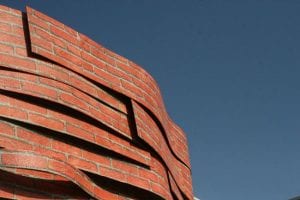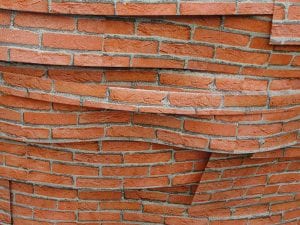
- This event has passed.
LUCIANA ABAIT: NEST

Through the creation of manipulated landscapes and installations, Luciana Abait imagines a new visual nature where humans and objects adapt to changing roles. Part of her “Mixed Nature Series”, Nest reflects upon our relationship to the urban and natural environments that surround us.
Luciana Abait
Proposal for “Nest”
“Mixed Nature Series” intends to create the sensation in viewers of witnessing a new visual nature through the creation of manipulated landscapes and installations. It reflects upon human beings and their relationship to the urban and natural environment that surrounds them. It also questions man’s relationship to the micro and macro universes, the significance of individuals in connection to the masses. It aims at reflecting on our position in the world, our significance and our condition of being. My works presents fantasy and enchanted gardens where beings and objects live together. Humans, insects and plants are shown readapting to new roles and coexisting in a magical reality. This could be a new world or a just a fantastic dream.
I decided to take Mixed Nature Series to the next level and create a grand three dimensional installation. “Nest” is a large scale birds’ nest, 10 ft high x 14 ft wide, made of intertwined strips of PVC which has adhered on its surface a photo print of a red brick wall. At first glance, spectators will be intrigued by an enormous red nest that they encounter. As they get closer, they will discover that the red color belongs to the bricks that line this nest. My aim is to create a thought provoking work. A nest can be associated with concepts of protection, belonging, nature. It is a perfect eco structure. The fact that it is made up of bricks, manufactured by humans and one of the main components of urban civilization triggers all sorts of questions in a poetic and appealing manner. How far has human urbanization gone in intruding nature? Is this state reversible? Or is it that nature has the need to adapt into men’s constructions to survive?





